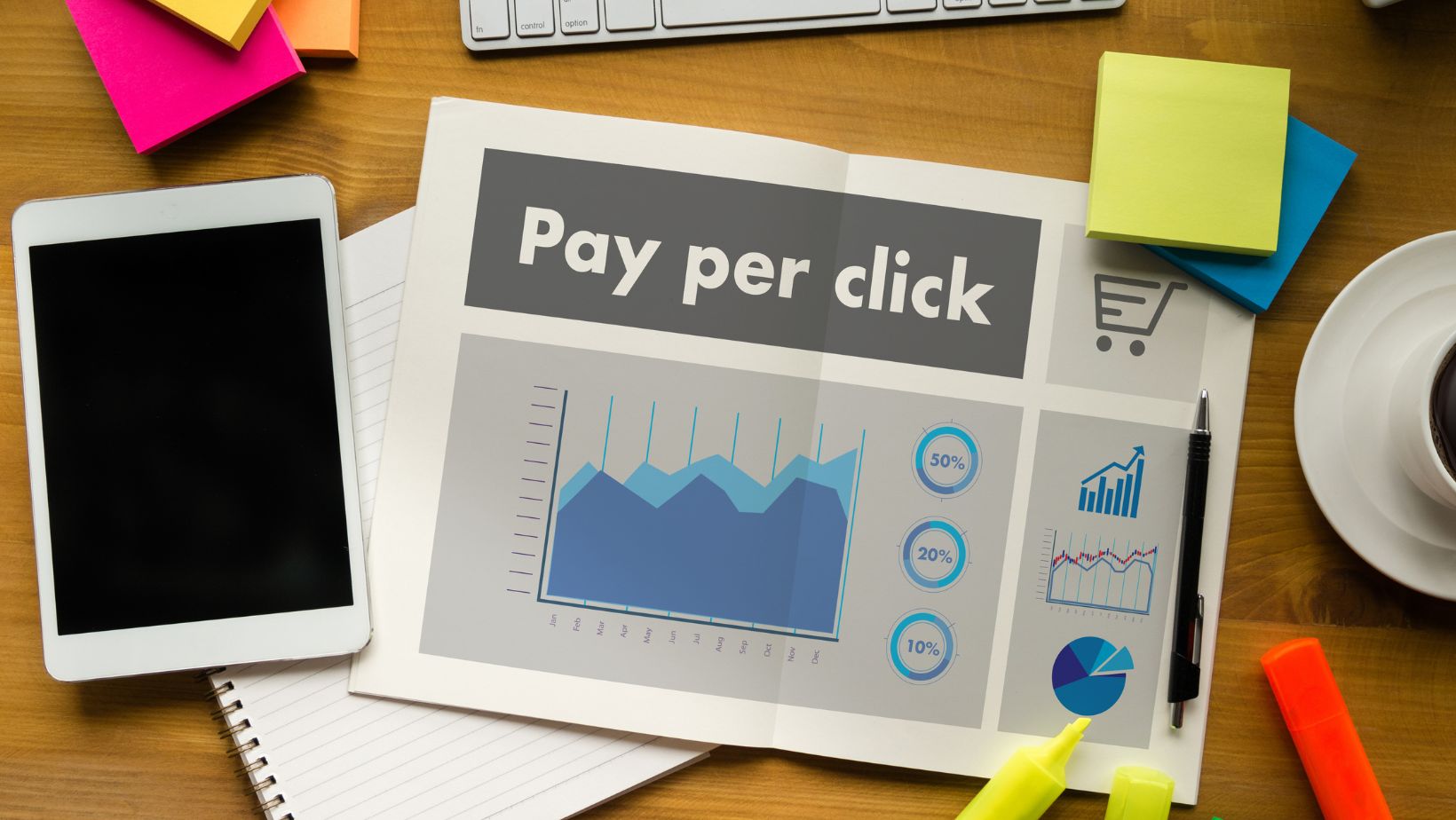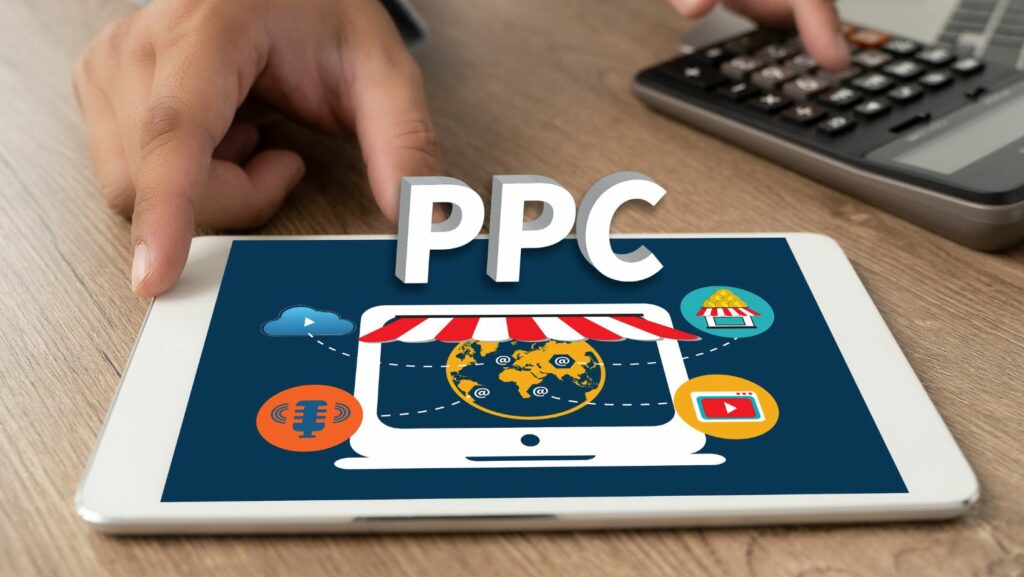PPC Marketing (Pay-Per-Click) is a model of digital advertising where businesses pay a fee each time one of their ads is clicked. In 2025, it stands as one of the most effective ways to drive targeted traffic to a website, generate leads, and increase sales. Instead of earning visits organically, PPC allows you to “buy” visits, placing your ads at the top of search engine results pages or on relevant social media feeds, offering immediate visibility and a high degree of control over your advertising message and budget.
The Landscape of PPC Platforms in 2025
| PPC Platform | Best For | Key Ad Formats |
| Google Ads | Capturing high-intent users actively searching for products or services. | Search Ads, Display Ads, Shopping Ads, YouTube Ads, Performance Max. |
| Microsoft Advertising | Reaching a slightly older, more affluent demographic with often lower costs. | Search Ads, Shopping Ads, LinkedIn Profile Targeting Ads. |
| Meta Ads (Facebook & Instagram) | Sophisticated audience targeting based on demographics, interests, and behaviors. | Image Ads, Video Ads, Carousel Ads, Stories & Reels Ads, Lead Ads. |
| TikTok Ads | Engaging a younger demographic (Gen Z & Millennials) with creative video content. | In-Feed Video Ads, TopView Ads, Branded Hashtag Challenges. |
| LinkedIn Ads | B2B advertising, reaching professionals based on job title, industry, and company size. | Sponsored Content, Sponsored Messaging, Text Ads, Dynamic Ads. |
| Amazon Advertising | E-commerce brands wanting to reach customers at the point of purchase. | Sponsored Products, Sponsored Brands, Sponsored Display. |
E-Tablolar’a aktar
How Does PPC Marketing Actually Work?
At its core, PPC marketing operates on a real-time auction system. This process happens billions of times a day, in the split second after a user types a query into a search engine or scrolls through their social media feed. However, the winner of the auction isn’t necessarily the advertiser willing to pay the most. Platforms like Google Ads use a formula to determine ad placement, known as Ad Rank.
Ad Rank = Maximum Bid x Quality Score
Let’s break down these two critical components:
- Maximum Bid (Max CPC): This is the highest amount you are willing to pay for a single click on your ad. You set this at the keyword or ad group level, telling the system how much a click is worth to your business.
- Quality Score: This is arguably the most important factor in the PPC equation. Quality Score is the platform’s rating of the overall quality and relevance of your ads and landing pages. It’s a score from 1 to 10 and is determined by three main elements:
- Expected Click-Through Rate (CTR): The likelihood that a user will click on your ad when it’s shown.
- Ad Relevance: How well your ad copy matches the intent behind a user’s search query.
- Landing Page Experience: The quality of the page a user lands on after clicking your ad. Is it relevant, fast-loading, mobile-friendly, and trustworthy?

This system means that an advertiser with a high Quality Score can achieve a better ad position than a competitor with a higher bid. The platforms reward advertisers who provide a good user experience with lower costs and better visibility, making PPC optimization a critical ongoing task.
The Major Types of PPC Campaigns in 2025
The term “PPC” is often used synonymously with search ads, but in 2025, it encompasses a wide variety of formats across multiple platforms.
- Search Advertising: This is the most common form of PPC. These are the text-based ads you see at the top of search engine results pages (SERPs) on Google and Microsoft Bing. They are incredibly effective because they capture users with high commercial intent—people who are actively looking for a solution or product.
- Social Media Advertising: Platforms like Meta (Facebook and Instagram), TikTok, and LinkedIn offer powerful social media advertising capabilities. Instead of targeting keywords, you target users based on their demographics, interests, online behaviors, and professional data. This is ideal for building brand awareness and reaching users before they even start searching.
- Display Advertising: These are visual-based ads (images or videos) that appear on websites, apps, and platforms across the internet through networks like the Google Display Network. Display ads are excellent for retargeting campaigns—showing ads to users who have previously visited your website.
- Shopping Ads (E-commerce): For retail businesses, Shopping Ads (or Product Listing Ads) are essential. These visually appealing listings show a product image, title, price, and store name directly in the search results, providing high-quality traffic from users ready to buy.
- Video Advertising: Platforms like YouTube and TikTok have made video a central part of PPC. These ads can appear before, during, or after other video content and are highly effective for storytelling and product demonstrations.
The Pillars of a Successful PPC Campaign
Launching a PPC campaign is easy, but launching a profitable one requires a strategic approach built on several key pillars.
1. Meticulous Keyword Research
For search advertising, everything begins with keyword research. This is the process of identifying the search terms and phrases that your potential customers are using. The goal is to find keywords that have a healthy search volume, high commercial intent, and manageable competition. Using tools to analyze search trends and competitor strategies is a fundamental first step in building a PPC campaign. This includes identifying negative keywords—terms you want to exclude to avoid wasted ad spend.
2. Compelling Ad Copy and Creative
Your ad is the bridge between the user’s need and your solution. Your ad copy must be relevant, compelling, and include a strong call-to-action (CTA). It needs to clearly communicate your unique selling proposition (USP) and give the user a clear reason to click your ad over a competitor’s. For social and display ads, the visual creative (image or video) is just as, if not more, important than the text.
3. Strategic Landing Page Optimization
The biggest mistake in PPC is sending high-quality traffic to a poor-quality landing page. The post-click experience is critical for success. Your landing page must be a seamless continuation of your ad’s message, load quickly, be mobile-friendly, and have a single, clear conversion goal. A great landing page not only improves your conversion rate but also boosts your Quality Score, which lowers your costs.
4. Robust Conversion Tracking
Without data, you are advertising blind. Conversion tracking is the process of measuring the valuable actions users take after clicking your ad, such as making a purchase, filling out a form, or making a phone call. Setting up accurate conversion tracking is non-negotiable, as this data tells you which keywords, ads, and campaigns are actually driving results and generating a positive return on investment (ROI).
PPC vs. SEO: The Symbiotic Relationship
A common question is whether to invest in PPC or Search Engine Optimization (SEO). In 2025, the answer is rarely one or the other; the most successful strategies use both.
- PPC (Pay-Per-Click): Offers immediate results and visibility. You can turn on a campaign and start getting traffic within hours. It provides a high level of control and is excellent for testing offers, keywords, and landing pages quickly.
- SEO (Search Engine Optimization): Is a long-term strategy focused on earning organic (unpaid) traffic. It involves optimizing your website’s technical structure, content, and authority. While it takes time to see results, it can deliver a steady stream of highly credible, “free” traffic.
PPC and SEO work best together. The data from your PPC marketing campaigns (e.g., which keywords convert best) can inform your SEO content strategy. At the same time, a strong organic presence from SEO builds brand credibility, which can improve the CTR of your paid ads. Together, they allow you to dominate the search results page, capturing clicks from both paid and organic listings.
The Role of AI and Automation in 2025
The field of PPC management has been transformed by AI and automation. Platforms are now heavily reliant on machine learning for tasks like automated bidding, ad optimization, and audience targeting. Campaigns like Google’s Performance Max use AI to run ads across all of Google’s channels from a single campaign. The role of the PPC manager has shifted from manual, repetitive tasks to high-level strategy: feeding the AI the right creative inputs, setting the right business goals, and analyzing the results to make strategic pivots. Embracing this technology is no longer optional for competitive PPC success.

